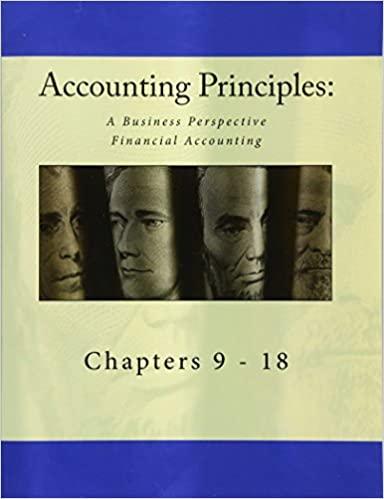2. Gains from trade Consider two neighboring island countries called Felicidad and Contente. They each have 4 million labor hours available per month that they can use to produce rye, jeans, or a combination of both. The following table shows the amount of rye or jeans that can be produced using 1 hour of labor. Country Felicidad Contente Rye (Bushels per hour of labor) 5 8 Jeans (Pairs per hour of labor) 20 16 Initially, suppose Contente uses 1 million hours of labor per month to produce rye and 3 million hours per month to produce jeans while Felicidad uses 3 million hours of labor per month to produce rye and 1 million hours per month to produce jeans. Consequently, Felicidad produces 15 million bushels of rye and 20 million pairs of jeans, and Contente produces 8 million bushels of rye and 48 million pairs of jeans. Assume there are no other countries willing to trade goods, so, in the absence of trade between these two countries, each country consumes the amount of rye and jeans it produces. of jeans, and Contente's opportunity cost of producing 1 bushel of rye is has a comparative advantage in the production of rye, and has a comparative Felicidad's opportunity cost of producing 1 bushel of rye is of jeans. Therefore, advantage in the production of jeans.


Consider two neighboring island countries called Felicidad and Contente. They each have 4 milion labor hours available per month that they can use to produce rye, Jeans, or a combination of both. The following table shows the amount of rye or jeans that can be produced using 1 hour of labor. Initially, suppose Contente uses 1 milition hours of labor per month to produce rye and 3 million hours per month to produce jeans while Felicidad uses 3 million hours of labor per month to produce rye and 1 million hours per month to produce jeans. Consequently, Felicidad produces 15 mililon bushels of rye and 20 million pairs of jeans, and Contente produces 8 million bushels of rye and 48 million pairs of jeans. Assume there are no other countries willing to trade goods, so, in the absence of trade between these two countries, each country consumes the amount of rye and jeans it produces. Felicidad's opportunity cost of producing 1 bushel of rye is of jeans, and Comente's opportunity cost of producing 1 bushel of rye is of jeans. Therefore, has a comparative advantage in the production of rye, and has a comparative advantage in the production of jeans. action." Then enter each country's final consumption of each good in the boxes on the row tabcled "Consumption." When the two countries did not specialize, the total production of rye was 23 million bushels per month, and the total production of jeans was 68 million pairs per month. Because of specialization, the total production of rye has increased by production of jeans has increased by million bushels per month, and the total million pairs per month. Because the two countries produce more rye and more jeans under specialization, each country is able to gain from trade. Calculate the gains from trade-that is, the amount by which each country has increased its consumption of each good relative to the first row of the table. In the following table, enter this difference in the boxes on the last row (labeled "Increase in consumption"). Consider two neighboring island countries called Felicidad and Contente. They each have 4 milion labor hours available per month that they can use to produce rye, Jeans, or a combination of both. The following table shows the amount of rye or jeans that can be produced using 1 hour of labor. Initially, suppose Contente uses 1 milition hours of labor per month to produce rye and 3 million hours per month to produce jeans while Felicidad uses 3 million hours of labor per month to produce rye and 1 million hours per month to produce jeans. Consequently, Felicidad produces 15 mililon bushels of rye and 20 million pairs of jeans, and Contente produces 8 million bushels of rye and 48 million pairs of jeans. Assume there are no other countries willing to trade goods, so, in the absence of trade between these two countries, each country consumes the amount of rye and jeans it produces. Felicidad's opportunity cost of producing 1 bushel of rye is of jeans, and Comente's opportunity cost of producing 1 bushel of rye is of jeans. Therefore, has a comparative advantage in the production of rye, and has a comparative advantage in the production of jeans. action." Then enter each country's final consumption of each good in the boxes on the row tabcled "Consumption." When the two countries did not specialize, the total production of rye was 23 million bushels per month, and the total production of jeans was 68 million pairs per month. Because of specialization, the total production of rye has increased by production of jeans has increased by million bushels per month, and the total million pairs per month. Because the two countries produce more rye and more jeans under specialization, each country is able to gain from trade. Calculate the gains from trade-that is, the amount by which each country has increased its consumption of each good relative to the first row of the table. In the following table, enter this difference in the boxes on the last row (labeled "Increase in consumption")








